
Ingredient
Winter purslanes
The Nutrient-Packed Green: Winter Purslanes
Winter purslanes are small, succulent greens with a slightly tangy and earthy flavor. They have a crisp texture and a vibrant green color, making them a versatile ingredient in salads, stir-fries, and soups.
Origins and history
Winter purslanes have been enjoyed for centuries and are believed to have originated in Europe. They were highly valued by ancient Greeks and Romans for their medicinal properties and were later introduced to North America by European settlers. Today, they are commonly found in temperate regions around the world.
Nutritional information
Winter purslanes are low in calories and rich in vitamins A, C, and E. They also contain omega-3 fatty acids and antioxidants, making them a nutritious addition to any diet.
Allergens
There are no known allergens associated with winter purslanes.
How to select
When selecting winter purslanes, look for vibrant green leaves that are firm and crisp. Avoid any leaves that are wilted or discolored. Additionally, choose bunches with smaller leaves, as they tend to be more tender and flavorful.
Storage recommendations
To store winter purslanes, wrap them in a damp paper towel and place them in a plastic bag. Store them in the refrigerator for up to 5 days. Avoid washing them until ready to use, as excess moisture can cause them to spoil faster.
How to produce
Winter purslanes can be easily grown in a home garden or container. They thrive in cool weather and require well-drained soil and regular watering. Sow the seeds directly in the garden or start them indoors and transplant them once they have grown a few inches tall.
Preparation tips
Winter purslanes can be enjoyed raw in salads, added to sandwiches for a refreshing crunch, or sautéed with garlic and olive oil as a simple side dish. They can also be used in soups, stews, and stir-fries to add a burst of freshness and nutrition.
Culinary uses
Winter purslanes are commonly used in salads, sandwiches, and stir-fries. They are also popular in Mediterranean and Middle Eastern cuisines, where they are often paired with citrus flavors and grilled meats.
Availability
Winter purslanes are commonly available in Europe, North America, and parts of Asia.
More ingredients from this category

Agretti
The Verdant Delight: Exploring the Unique World of Agretti
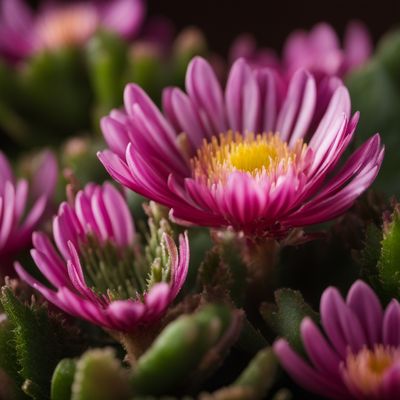
Hottentot fig
The Exotic Delight

Glassworts
Glassworts: The Salty Succulents
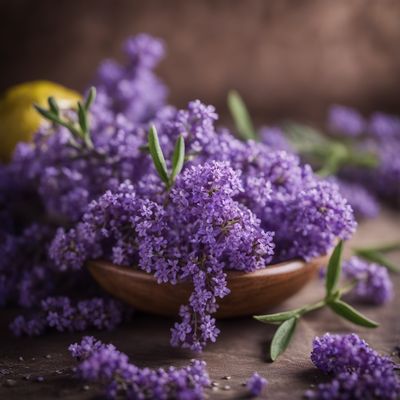
Sea lavanders
Oceanic Delights

Sea asters
The Ocean's Delight: Sea Asters

Purslanes
The Nutrient-Packed Green

Rock samphires
"The Coastal Delicacy: Exploring the Unique Flavors of Rock Samphires"
Recipes using Winter purslanes » Browse all

Indonesian-style Boribap with Spicy Peanut Sauce
Nasi Boribap: A Fusion of Korean and Indonesian Flavors
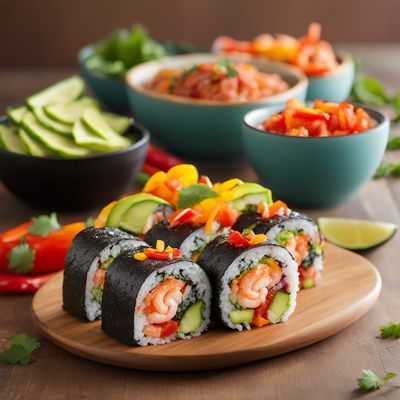
Southwestern Rainbow Roll
Spicy Fiesta Sushi Roll

Mangalorean Style Spicy Prawn Curry
Fiery Coastal Delight: Mangalorean Spicy Prawn Curry
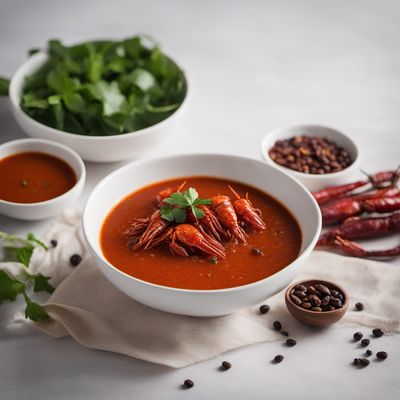
Gbegiri Soup
Velvety Nigerian Gbegiri Delight
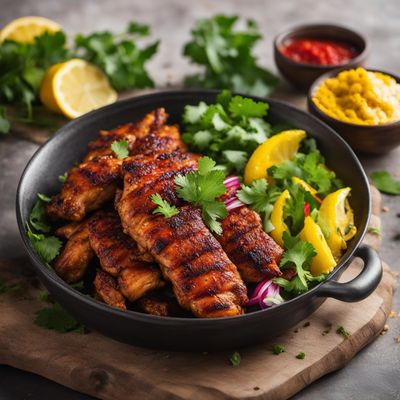
Spicy Grilled Chicken Choila
Fiery Flavors of Nepal: Spicy Grilled Chicken Choila

Homemade Malaysian Big Pau
Fluffy Delights: Homemade Malaysian Big Pau Recipe
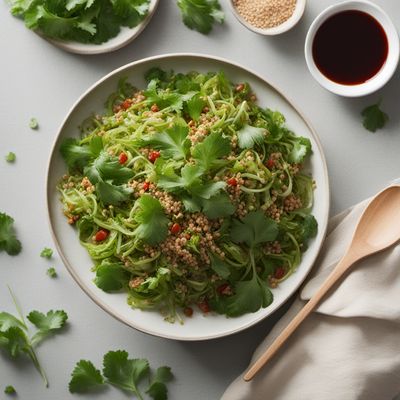
Chiuchow-style Kaparosalata
Chiuchow-inspired Tangy Cabbage Salad
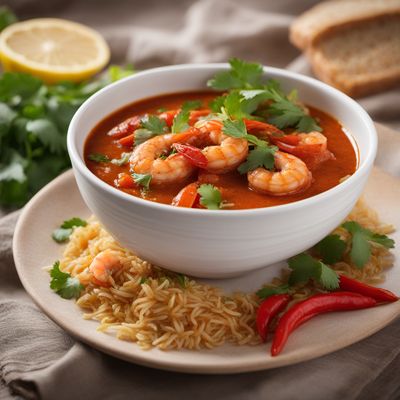
Peruvian Spicy Shrimp Stew
Andean Delight: Peruvian Spicy Shrimp Stew
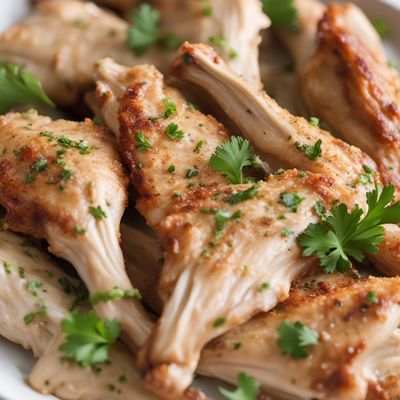
Alabama White Wings
Tangy and Spicy Alabama White Wings

Louisiana Creole Pecan Panellets
Southern Pecan Delights: A Louisiana Creole Twist on Panellets
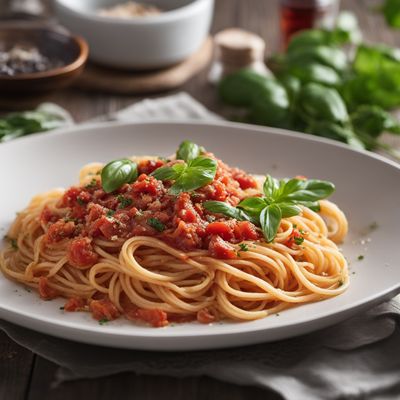
Pasta alla Jonica
Mediterranean Delight: Pasta alla Jonica

Sikkimese-inspired Spicy Sausage Delight
Sikkimese Spiced Sausage with Local Flavors